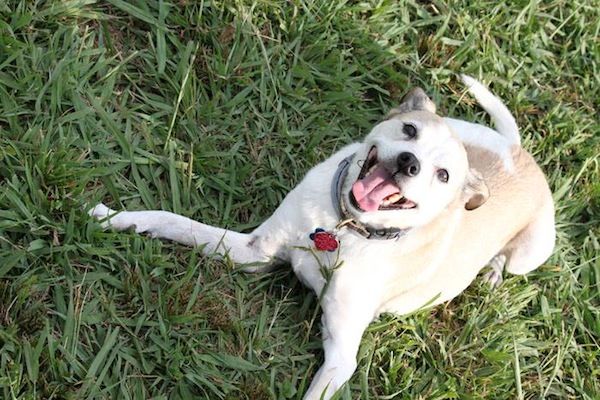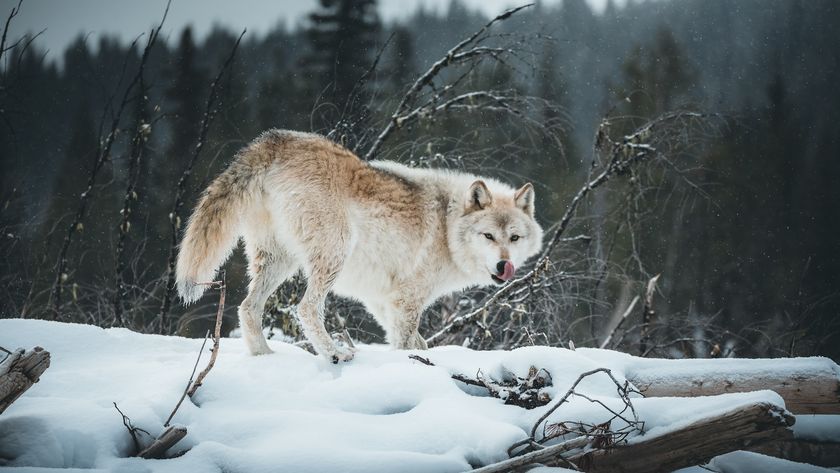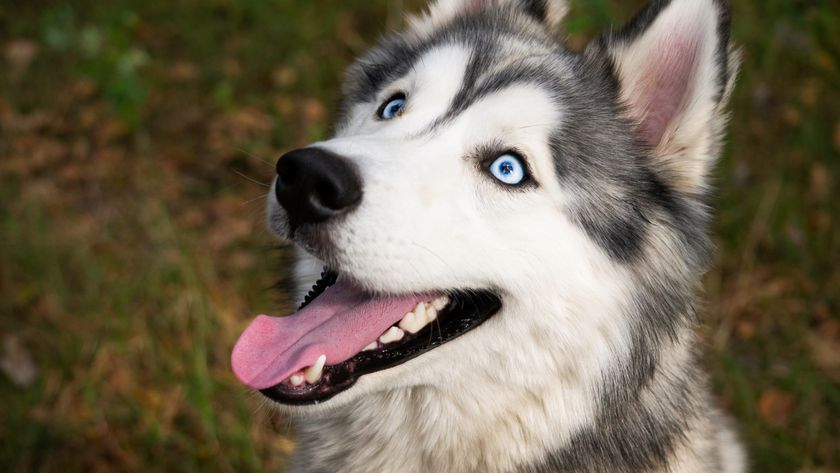
For a Dog, Play Means Play (Usually) (Op-Ed)

Marc Bekoff, emeritus professor at the University of Colorado, Boulder, is one of the world's pioneering cognitive ethologists, a Guggenheim Fellow, and co-founder with Jane Goodall of Ethologists for the Ethical Treatment of Animals. Bekoff's latest book is Why Dogs Hump and Bees Get Depressed (New World Library, 2013). This Op-Ed is adapted from one that appeared in Bekoff's column Animal Emotions in Psychology Today. He contributed this article to Live Science's Expert Voices: Op-Ed & Insights.
I've written a lot about play behavior in nonhuman animals (animals) and human animals (humans). Play is fun, but serious, business — it's not a four-letter word.
When animals play, they are constantly working to understand and follow the rules of their species, learning to communicate their intentions to play fairly. Animals fine-tune their behavior on the run, carefully monitoring the behavior of their play partners and paying close attention to infractions of the agreed-upon rules. (ABC World News recently featured a short video that illustrates such play, called "Cracking the Secret Code of Man's Best Friend.")
Don't bow if you don't want to play
A few years ago, I wrote an article with bioethicist Jessica Pierce for The Chronicle of Higher Education called "Moral in Tooth and Claw" where we highlighted four basic aspects of fair play in animals: Ask first, be honest, follow the rules, and admit you're wrong. When the rules of play are violated, and when fairness breaks down, so does play. For example, when dogs ask another individual to play, they use different actions including bows (they crouch on their forelimbs, stick their butts up and often wag their tail and bark), pawing, and faking left and going right and running away to initiate chase. Bows and other play invitation signals are honest signals in that cheating — asking another dog to play and then trying to mate with them, dominate them, or eat them — is very rare despite what some people think.
My students and I studied this at various dog parks and play escalated into aggression less than 5 percent of the time, and most of the fights weren't serious. Following the rules simply means that a dog shouldn't bow if they don't really want to play. Other dogs expect them to play fairly and not try to mate with them or dominate them. And, for a dog, admitting error means when a dog bites too hard or slams too vigorously, she will do an immediate bow as if to say, "I was really playing with you, I'm sorry," and the other dog accepts the apology and forgives her and play continues. One again, my students and I have collected reams of data that support this idea. [Humans and Dogs Use Same Brain Area to Get Others' Emotions]
Fun on the run
Sign up for the Live Science daily newsletter now
Get the world’s most fascinating discoveries delivered straight to your inbox.
The main point that has emerged from decades of study is that while dogs are having "fun on the run," they are carefully negotiating what is happening and using subtle signals to maintain the play atmosphere. It also turns out that humans do much the same to keep play fair — just watch kids on a playground.
These same rules apply to humans. We can learn a lot about ourselves when we study animal play, especially how important it is for youngsters to be able to play freely and spontaneously. [The Benefits of Digging in the Dirt (Op-Ed)]
Learning about how dogs communicate with one another using obvious, and yet subtle, signals will make us appreciate these amazing beings even more.
Bekoff's most recent Op-Ed was "The Emotional Lives of Crayfish." This article was primarily adapted from the post "Dog Play: Cracking the Secret Code of Man's Best Friend" in Psychology Today. The views expressed are those of the author and do not necessarily reflect the views of the publisher. This version of the article was originally published on Live Science.













